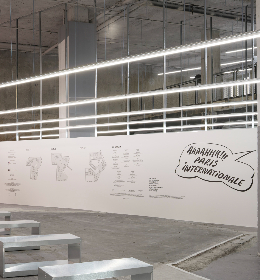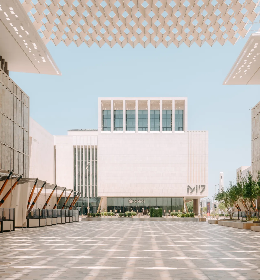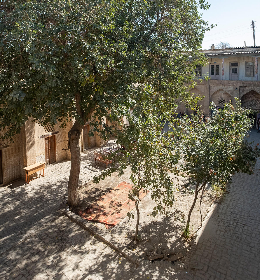Loaning items from your collection for public exhibitions is not just a philanthropic act: it can also significantly enhance the value of the work by demonstrating its authenticity, raising public awareness and building up references to the work in catalogues and other literature.
As Patrick van der Vorst, founder of online valuation website Value My Stuff, puts it: “Appraisers look at historical importance, provenance, exhibition history, literature references and the condition of the piece.
“Good exhibition history enhances the academic relevance of an item and thus can impact value. A single exhibition line won’t necessarily impact value much, but if there are quite a few exhibitions the item has featured in, it will certainly affect the value.”
Francesca Polo is co-founder and COO of Vastari, an online service provider that connects museums, exhibition producers, venues, collectors and suppliers for more efficient exhibitions. She agrees that exhibiting work is a wise move for collectors.

© Value My Stuff
“There are several reasons why this could help the collection: first and foremost is reputation. By choosing a piece, a museum acknowledges and endorses its cultural importance, thus boosting the profile of the work,” she says.
“When borrowed by a museum, the work is researched by top experts in the field and published in an exhibition catalogue, adding scholarly details about the piece. This has a significant impact on the market value of the piece, as it will have been recognised by leading experts in the field.”
She notes that museums are becoming more and more comfortable in disclosing the value-add that they bring by including works into exhibitions: during the opening symposium of The European Fine Art Fair in March 2015, Sjarel Ex, director of Museum Boijmans van Beuningen in The Netherlands, claimed that when certain auction houses value a collection, and see that a piece was previously included in a museum exhibition, they immediately add 20% on top of the estimate.
Where to exhibit
Deciding where and how to make your work available can be a dilemma. According to US art and antiques appraiser Dr Lori Verderame, it is worth considering a broad range of venues.
“Consider exhibiting your collection of artwork anywhere that people meet and would like to view art. Public awareness of your artwork impacts its value.”
While broader public awareness is certainly a goal, van der Vorst notes that the more important the museum or institution that organises the exhibition, the more impact the exhibition reference will have in the future – so, choose the exhibition venue carefully and your efforts are more likely to be rewarded.
When it comes to seeking opportunities to show work from your collection, van der Vorst suggests Vastari as a good place to start. In addition, some art advisors, and occasionally specialists from auction houses, broker their connections with museums.

Tefaf Maastricht
“However, these parties have a vested interested in the value increase and are not always keen on the piece going off the market whilst it is being exhibited,” notes Polo.
“Unfortunately this means that, before Vastari was created, many opportunities for mutually beneficial collaborations were missed.”
Key considerations
Before handing your work over for an exhibition, there are certain factors to consider.
“Be sure to have current appraisals of your artwork prepared by an expert appraiser and updated insurance coverage,” advises Verderame. Van der Vorst agrees, adding that you should make sure all transport is organised by the exhibition organisers.
“Also, try to negotiate a good illustration in the exhibition catalogue,” he adds. While museums tend to know how to handle pieces, it is wise never to take this for granted.
“We always advise collectors to do proper due diligence both on the museum and its facilities, as well as the suggested partners for shipping and insurance,” says Polo. “It’s advisable to also have a lawyer look over the loan agreement and make sure the lender is comfortable with all terms.”
Article by Jenny White








